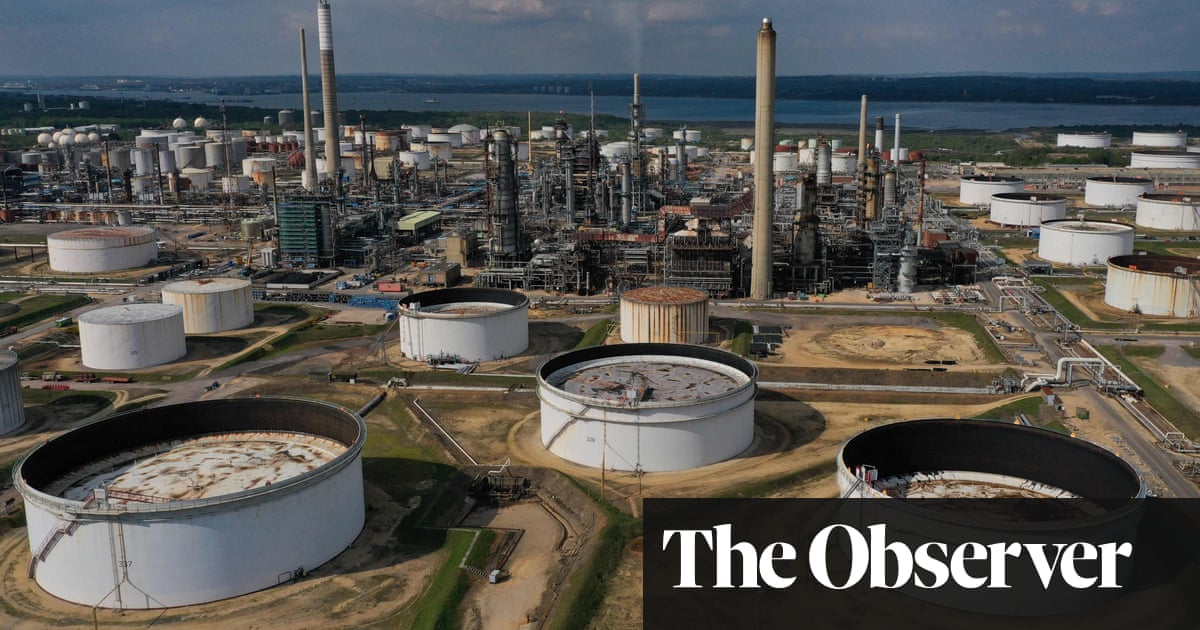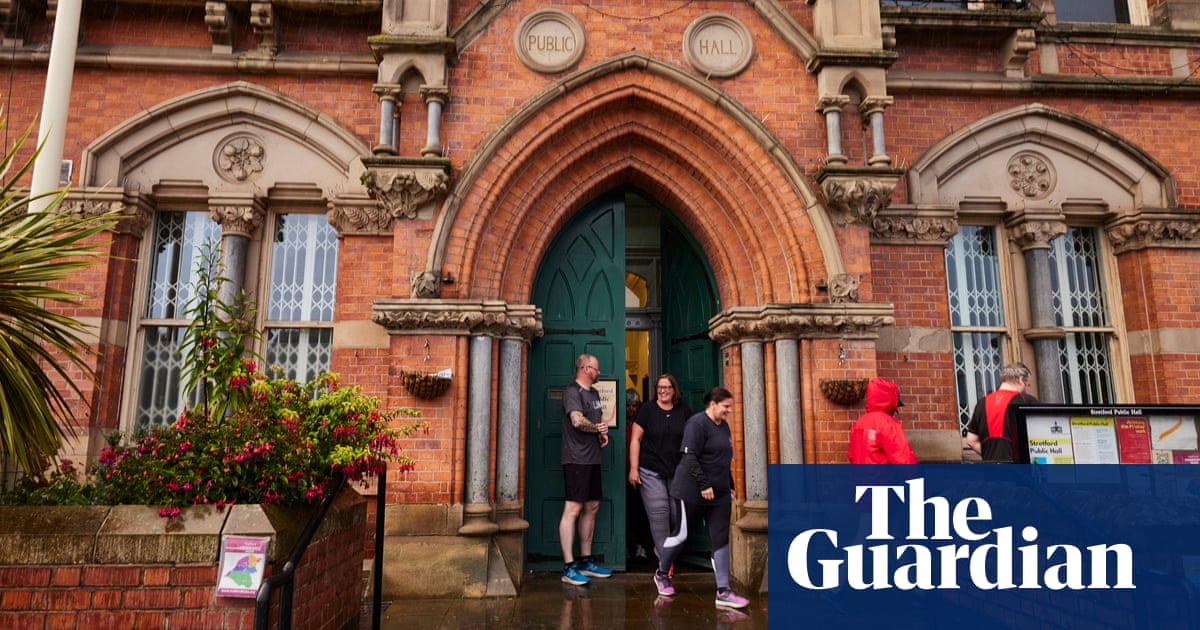
The UK government has selected two sites in the north of England to develop multibillion-pound carbon capture projects by the middle of the decade as part of its fast-track scheme to cut 20-30m tonnes of CO2 a year from heavy industry by 2030.
Ministers gave the green light to the East Coast Cluster, which plans to capture and store emissions produced across the Humber and Teesside, and the HyNet North West project in Liverpool Bay, which will also produce low carbon hydrogen from fossil gas.
The East Coast Cluster is backed by the oil companies BP and Equinor, together with the energy firms Drax and SSE, and hopes to cut up to 27m tonnes of CO2 a year by 2030. The HyNet project, backed by the Italian oil company Eni and Progressive Energy, plans to reduce CO2 emissions by 10m tonnes a year by the end of the decade.
The projects, which saw off competition from three rivals, are the first to move ahead with the government’s support since ministers scrapped a £1bn programme six years ago. If they can prove they offer energy billpayers good value for money then they will qualify for support through the new £1bn carbon capture fund.
Greg Hands, the energy minister, told parliament on Tuesday that carbon capture would be “essential to meeting our net zero ambitions” and would be “an exciting new industry to capture the carbon we continue to emit and revitalise the birthplaces of the first Industrial Revolution”.
He said the “new major infrastructure projects for a new sector of the economy” would be a “significant undertaking”, and that there were “significant risks” to delivering them by the mid-2020s.
The government has also earmarked a carbon capture cluster on the east coast of Scotland – that includes the Acorn carbon capture and storage project based north of Aberdeen – as a “reserve cluster” that will be eligible for the funds if one of the other projects fails.
The government vowed to bring forward two industrial carbon capture clusters by the mid-2020s, and four by 2030, to help capture the emissions produced by factories and chemical plants before storing the carbon away permanently where it cannot contribute to the heating of the Earth’s atmosphere.
Carbon capture is also expected to play a key role in producing “clean-burning” hydrogen from fossil gas. Hydrogen can be extracted from gas and burned without emissions by gas power plants, heavy industry or even in homes. But the process of producing hydrogen releases carbon emissions into the air unless it is captured at the source and stored.
The plans are part of a flurry of long-awaited green commitments from the government in the run-up to the Cop26 climate talks in Glasgow in the next two weeks. It has also put forward plans to help cut emissions from home heating alongside a wide-ranging plan to reach net zero across the economy.
Ruth Herbert, the chief executive of the Carbon Capture and Storage Association, said the two frontrunner projects would “showcase the breadth of applications” for carbon capture, but urged the government to set out a clear plan for how the technology would be scaled up in coming decades to meet carbon targets.
“Ahead of next week’s spending review, we are calling for the government to introduce a delivery plan for carbon capture, utilisation and storage – setting annual spending budgets over the next decade to give the industry certainty to invest in projects now,” she said.












